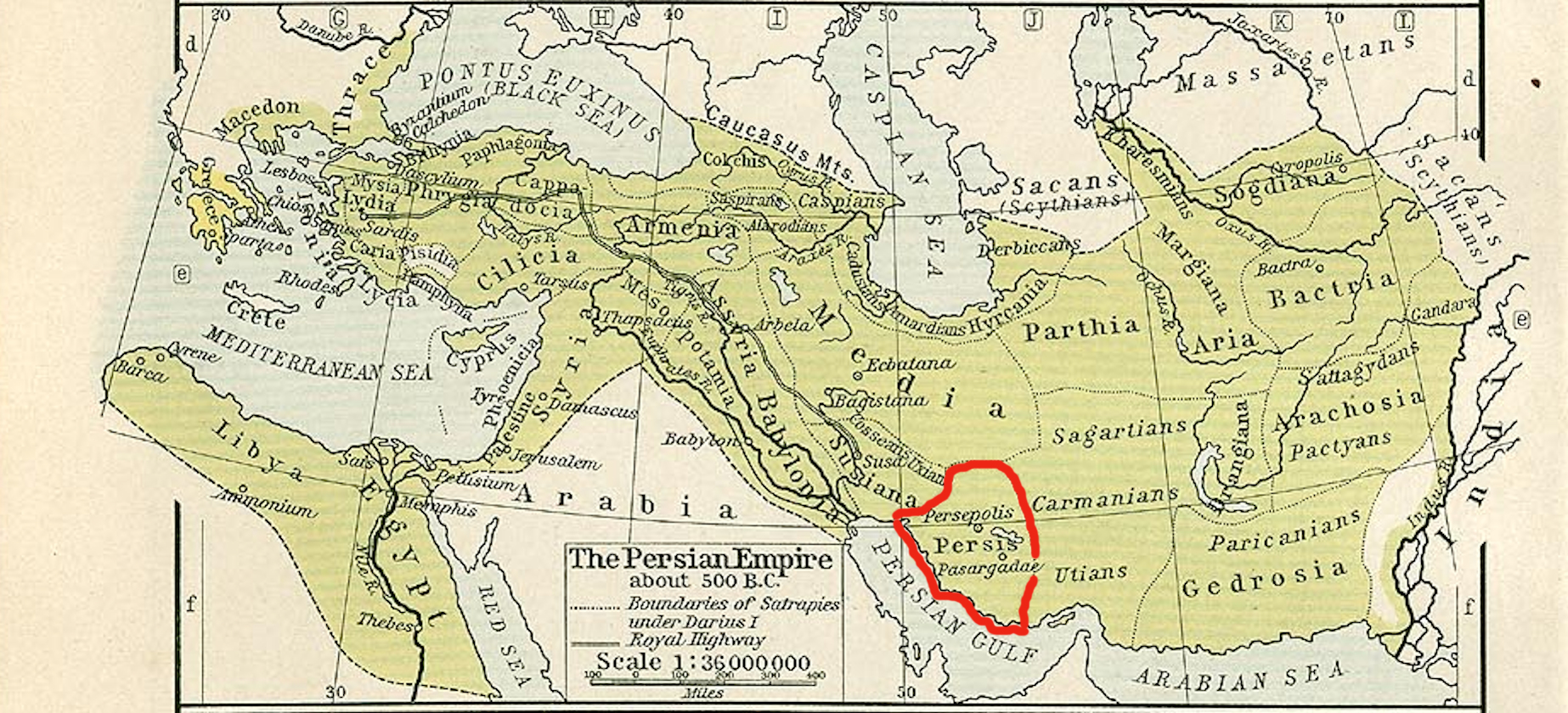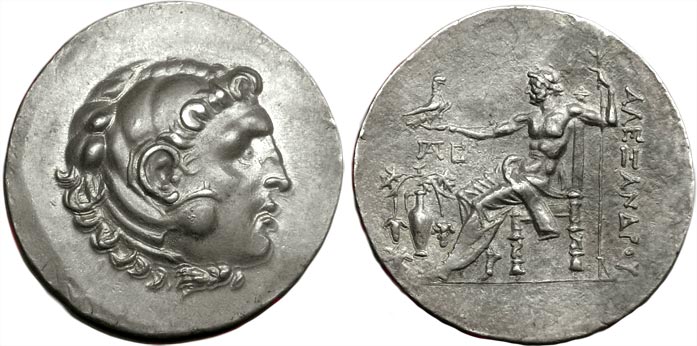|
Baydad
Baydad (also spelled Bagdates), was a dynast (''frataraka'') of Persis from 164 to 146 BC. Background Since the end of the 3rd or the beginning of the 2nd century BCE, Persis had been ruled by local dynasts subject to the Seleucid Empire. They held the ancient Persian title of ''frataraka'' ("leader, governor, forerunner"), which is also attested in the Achaemenid-era. The Achaemenid Empire, which had a century earlier ruled most of the Near East, originated from the region. The ''frataraka'' themselves emphasized their close affiliation with the prominent Achaemenid King of Kings, and their court was probably at the former Achaemenid capital of Persepolis, where they financed construction projects on and near the Achaemenid plateau. The ''frataraka'' had traditionally been regarded as priestly dynasts or advocates of religious (and political) opposition to Hellenism, however, this is no longer considered the case. Chronology of the ''frataraka'' The traditional view of the ... [...More Info...] [...Related Items...] OR: [Wikipedia] [Google] [Baidu] |
Wahbarz
Wahbarz (also spelled Vahbarz), known in Greek language, Greek sources as Oborzos, was a dynast (''frataraka'') of Persis in the 1st half of the 2nd century BC, ruling from possibly to 164 BC. His reign was marked by his efforts to establish Persis as a kingdom independent from Seleucid Empire, Seleucid authority. He was able to reign independently for three decades, and even expanded to the west, seizing the Seleucid province of Characene. In 164 BC, the Seleucids repelled Wahbarz's forces from Characene, forcing him to re-submit as a Seleucid vassal. He was succeeded by Baydad. Background Since the end of the 3rd or the beginning of the 2nd century BCE, Persis had been ruled by local dynasts subject to the Seleucid Empire. They held the ancient Persian title of ''frataraka'' ("leader, governor, forerunner"), which is also attested in the Achaemenid-era. The Achaemenid Empire, which had a century earlier ruled most of the Near East, originated from the region. The ''frataraka' ... [...More Info...] [...Related Items...] OR: [Wikipedia] [Google] [Baidu] |
Ardakhshir I
Ardakhshir I (also spelled Artaxerxes I; Aramaic: ''rtḥštry'') was a dynast (''frataraka'') of Persis in the late 3rd-century BC, ruling sometime after 220 to . Name ''Ardakhshir'' (''Ardashir'') is the Middle Persian form of the Old Persian ''Ṛtaxšira'' (also spelled ''Artaxšaçā'', meaning "whose reign is through truth"). The Latin variant of the name is '. Three kings of the Achaemenid Empire were known to have the same name. Reign Since the end of the 3rd or the beginning of the 2nd century BCE, Persis had been ruled by local dynasts subject to the Seleucid Empire. They held the ancient Persian title of ''frataraka'' ("leader, governor, forerunner"), which is also attested in the Achaemenid-era. The Achaemenid Empire, which had a century earlier ruled most of the Near East, originated from the region. The ''frataraka'' themselves emphasized their close affiliation with the prominent Achaemenid king of kings, and their court was probably at the former Achaemenid capi ... [...More Info...] [...Related Items...] OR: [Wikipedia] [Google] [Baidu] |
Wadfradad I
Wadfradad I, Hellenized as Autophradates I was a dynast (''frataraka'') of Persis in the late 2nd-century BC, ruling from 146 to 138 BC. He was succeeded by Wadfradad II Wadfradad II, Hellenized as Autophradates II, was a dynast (''frataraka'') of Persis in the late 2nd-century BC, ruling sometime after 138 BC. He was appointed as ''frataraka'' by the Parthian king Mithridates I (), who granted him more autonomy .... References Sources * . * * * * * {{Fratarakas of Persis 2nd-century BC Iranian people History of Fars province 2nd-century BC monarchs in Asia Zoroastrian monarchs Frataraka rulers of Persis ... [...More Info...] [...Related Items...] OR: [Wikipedia] [Google] [Baidu] |
Frataraka
Frataraka (Aramaic: ''Prtkr’𐡐𐡓𐡕𐡊𐡓’'', "governor", or more specifically "sub-satrapal governor") is an ancient Persian title, interpreted variously as “leader, governor, forerunner”. It is an epithet or title of a series of rulers in Persis from 3rd to mid 2nd century BC, or alternatively between 295 and 220 BC, at the time of the Seleucid Empire, prior to the Parthian conquest of West Asia and Iran. Studies of ''frataraka coins'' are important to historians of this period. Rulers and period Several rulers have been identified as belonging to Fratarakā dynasty (from the title ''prtrk' zy alhaya'', or "governor of the gods" on their coins): ''bgdt'' ( Baydād), ''rtḥštry'' (Ardaxšīr I), ''whwbrz'' ( Vahbarz, who is called Oborzos in Polyenus 7.40), and ''wtprdt'' ( Vādfradād I). Traditionally, they used to be considered as independent, anti-Seleucid rulers of Persis in the 3rd century BC. It seems however that they were rather representatives of t ... [...More Info...] [...Related Items...] OR: [Wikipedia] [Google] [Baidu] |
Persepolis
Persepolis (; ; ) was the ceremonial capital of the Achaemenid Empire (). It is situated in the plains of Marvdasht, encircled by the southern Zagros mountains, Fars province of Iran. It is one of the key Iranian cultural heritage sites and a UNESCO World Heritage Site. The earliest remains of Persepolis date back to 515 BC. The city, acting as a major center for the empire, housed a palace complex and citadel designed to serve as the focal point for governance and ceremonial activities. It exemplifies the Achaemenid style of architecture. The complex was taken by the army of Alexander the Great in 330 BC, and soon after, its wooden parts were completely destroyed by fire, likely deliberately. The function of Persepolis remains unclear. It was not one of the largest cities in ancient Iran, let alone the rest of the empire, but appears to have been a grand ceremonial complex that was only occupied seasonally; the complex was raised high on a walled platform, with five "palac ... [...More Info...] [...Related Items...] OR: [Wikipedia] [Google] [Baidu] |
Seleucid Satraps
The Seleucid Empire ( ) was a Greek state in West Asia during the Hellenistic period. It was founded in 312 BC by the Macedonian general Seleucus I Nicator, following the division of the Macedonian Empire founded by Alexander the Great, and ruled by the Seleucid dynasty until its annexation by the Roman Republic under Pompey in 63 BC. After receiving the Mesopotamian regions of Babylonia and Assyria in 321 BC, Seleucus I began expanding his dominions to include the Near Eastern territories that encompass modern-day Iraq, Iran, Afghanistan, Syria, and Lebanon, all of which had been under Macedonian control after the fall of the former Achaemenid Empire. At the Seleucid Empire's height, it had consisted of territory that covered Anatolia, Persia, the Levant, Mesopotamia, and what are now modern Kuwait, Afghanistan, and parts of Turkmenistan. The Seleucid Empire was a major center of Hellenistic culture. Greek customs and language were privileged; the wide variety o ... [...More Info...] [...Related Items...] OR: [Wikipedia] [Google] [Baidu] |
Tetradrachm
The tetradrachm () was a large silver coin that originated in Ancient Greece. It was nominally equivalent to four drachmae. Over time the tetradrachm effectively became the standard coin of the Antiquity, spreading well beyond the borders of the Greek World. As a result, tetradrachms were minted in vast quantities by various polities in many weight and fineness standards, though the Athens-derived ''Attic standard'' of about 17.2 grams was the most common. Because of their large size, tetradrachms were often used by various states or rulers to advertise themselves or to deliver political messages. Popularity of the tetradrachm outlived the political independence of the Greeks and it remained in wide circulation in the Mediterranean up until Crisis of the Third Century, while debased varieties persisted in India and Central Asia into early Middle Ages. Due to their often high artistic level tetradrachms are eagerly collected in modern times, and well-preserved or rare specimen ... [...More Info...] [...Related Items...] OR: [Wikipedia] [Google] [Baidu] |
Attic Standard
Attic weight, or the Attic standard, also known as Euboic standard, was one of the main monetary standards in ancient Greece. As a result of its use in the coinage of the Athenian empire and the empire of Alexander the Great, it was the dominant weight standard for coinage issued in the Eastern Mediterranean from the fifth century BC until the introduction of the Roman denarius to the region in the late first century BC. The Attic weight was based on a drachma of 4.31 grams, but in practice the main denomination was the tetradrachm or four-drachma coin, which weighed approximately 17.26 g in silver. For larger sums, the units of account were the mina (100 drachmae or 435 g), and the talent (6,000 drachmae or 26.1 kg). In practice, this meant that the Attic weight standard was interchangeable with the Euboic standard used on the island of Euboea, which consisted of a stater of 17.2 g divided into six ''hektai'' of 2.86 g. Because of Euboea's role in ... [...More Info...] [...Related Items...] OR: [Wikipedia] [Google] [Baidu] |
Pomegranate
The pomegranate (''Punica granatum'') is a fruit-bearing deciduous shrub in the family Lythraceae, subfamily Punica, Punicoideae, that grows between tall. Rich in symbolic and mythological associations in many cultures, it is thought to have originated from Afghanistan and Iran before being introduced and exported to other parts of Asia, Africa, and Europe. It was introduced into Spanish America in the late 16th century and into California by New Spain, Spanish settlers in 1769. It is widely cultivated throughout West Asia and the Caucasus region, South Asia, Central Asia, North Africa, north and tropical Africa, the drier parts of Southeast Asia, and the Mediterranean Basin. The fruit is typically in season in the Northern Hemisphere from September to February, and in the Southern Hemisphere from March to May. The pomegranate and its juice are variously used in baking, cooking, juice blends, garnish (food), garnishes, non-alcoholic drinks, and cocktails. Etymology The name ... [...More Info...] [...Related Items...] OR: [Wikipedia] [Google] [Baidu] |





